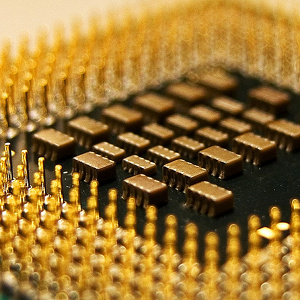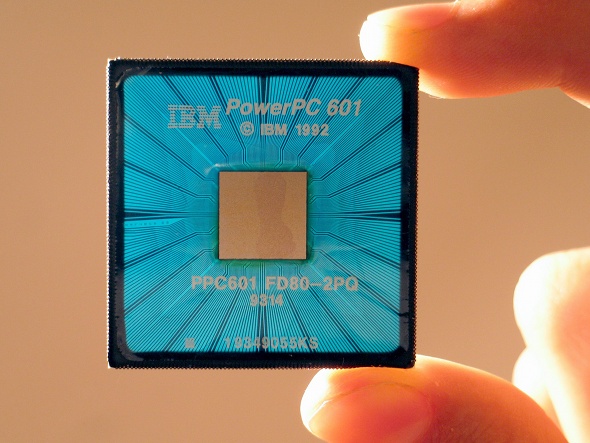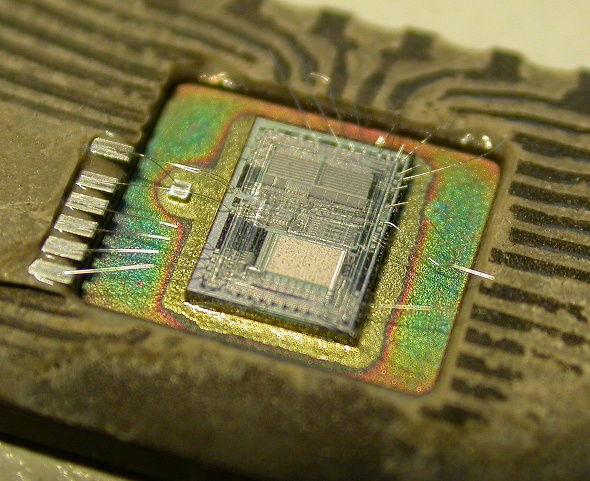
Every computer has a processor, whether it's a small efficiency processor or a large performance powerhouse, or else it wouldn�t be able to function.Of course, the processor, also called the CPU or Central Processing Unit, is an important part of a functioning system, but it isn't the only one.
Today's processors are almost all at least dual-core, meaning that the entire processor itself contains two separate cores with which it can process information. But what are processor cores, and what exactly do they do?
What Are Cores?

A processor core is a processing unit which reads in instructions to perform specific actions. Instructions are chained together so that, when run in real time, they make up your computer experience. Literally everything you do on your computer has to be processed by your processor. Whenever you open a folder, that requires your processor. When you type into a word document, that also requires your processor. Things like drawing the desktop environment, the windows, and game graphics are the job of your graphics card � which contains hundreds of processors to quickly work on data simultaneously � but to some extent they still require your processor as well.
How They Work ?
Fetch
The fetch step is what you expect it to be. Here, the processor core retrieves instructions that are waiting for it, usually from some sort of memory. This could include RAM, but in modern processor cores, the instructions are usually already waiting for the core inside the processor cache. The processor has an area called the program counter which essentially acts as a bookmark, letting the processor know where the last instruction ended and the next one begins.
Decode
Once it has fetched the immediate instruction, it goes on to decode it. Instructions often involve multiple areas of the processor core � such as arithmetic � and the processor core needs to figure this out. Each part has something called an opcode which tells the processor core what should be done with the information that follows it. Once the processor core has figured this all out, the different areas of the core itself can get to work.
Execute

Writeback
The final step, called writeback, simple places the result of what�s been worked on back into memory. Where exactly the output goes depends on the needs of the running application, but it often stays in processor registers for quick access as the following instructions often use it. From there, it�ll get taken care of until parts of that output need to be processed once again, which can mean that it goes into the RAM.


